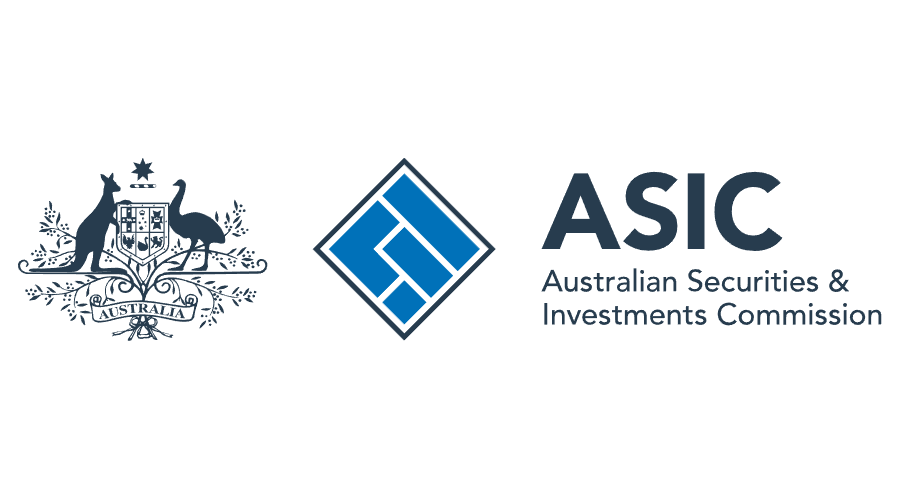Fintech is changing financial services and the way customers engage with established business models in different ways. It should come as no surprise that the financial sector is one of the sectors leveraging the latest technological breakthroughs in this new era of digital transformation.
Technology is used in almost every aspect of every recognized industry in the world. FinTech, an acronym for Financial Technology, has helped simplify many financial services for both businesses and consumers.
What is FinTech?
Fintech refers to developing technologies that provide financial services faster and more efficiently than traditional methods. These innovative approaches to enabling and improving financial services are being used by a growing number of start-ups and financial business models.
Fintech enhances the competitive advantage of established business models in the market by influencing financial processes and behaviors that customers already access. FinTech generally refers to organizations that use the Internet, cloud services, and software technology to provide financial services to customers via mobile devices.
Many FinTech solutions aim to connect consumer money with technology to facilitate ease of use in any financial process a consumer may be interested in.
Examples of Fintech
Once you have defined what fintech is and how much it is worth in today’s market, you can examine the quality of fintech. Apps such as Paypal and GPay fall under the Fintech category, but they are not the same.
These are the most common models of fintech that are used by companies these days.
- Alternative Credit Scoring
- Alternative Insurance Underwriting
- Transaction Delivery
- Peer-to-peer Lending
- Small Ticket Loans
- Payment Gateways
- Digital Wallets
- Asset Management
- Digital Banking
- Digital Insurance
We have to keep in mind that fintech models are constantly changing. In the following years, the fintech industry is expected to expand or even change completely. Currently, we can classify different types of fintech based on the services they provide.
Products of Fintech
The fintech industry has many extensive product lists. Here are some that are commonly used and people are familiar with.
A Robo-advisor is an app or online platform that optimally invests money automatically, often at a low cost, and is accessible to the general public.
Investing apps like Robinhood make it easy to buy and sell stocks, ETFs, and cryptocurrencies from your mobile device. Often there are little or no fees.
Payment apps like Paypal, Venmo, Block (Square), Zelle, and CashApp make it easy to pay individuals and businesses online instantly. Personal finance apps like Mint, YNAB, and Quicken SimpliFi let you see all your finances, set budgets, and pay bills in one place.
P2P lending platforms such as Prosper, Lending Club, and Upstart allow individuals and small business owners to obtain credit from a wide variety of people who send microcredits.
Cryptocurrency apps such as wallets, exchanges, and payment applications allow you to hold and trade encrypted currencies and digital tokens such as Bitcoin and NFTs.
InsurTech is the application of technology, especially in the insurance sector. An example would be adjusting car insurance rates using a device that monitors driving.
Fintech Regulations and their approach
Fintech companies must comply with applicable licensing, registration, and disclosure requirements under the Australian financial services system. Broadly speaking, the regulatory framework that applies to fintech companies includes financial services and consumer credit licenses, registration and disclosure obligations, consumer law requirements, data protection, anti-money laundering, and terrorist financing ( AML/CTF) requirements.
Fintech companies doing financial services business in Australia must hold or be exempt from an Australian Financial Services License (AFSL). Financial services are broadly defined under the Companies Act administered by ASIC (Australian Securities and Investment Commission) to provide advice on financial instruments, trade in financial instruments (as principal or agent), create markets for financial instruments, operate registration systems, and custody or provide depot services.
Certain things are listed as financial instruments (eg securities, derivatives, managed mutual funds). Financial instruments are also broadly defined as entities through which individuals make financial investments, manage financial risks, or make non-cash payments. Financial services and products are broadly defined and generally include investment or wealth management businesses, payment services (such as cashless payment facilities), advisory businesses (including Robo-advice), trading platforms, and crowdfunding platforms.
The Australian Credit License Scheme (ACL) applies to companies engaged in consumer credit activities in Australia and providing credit under credit agreements or consumer leases. A fintech company that offers market lending products and related services constitutes consumer lending activity and generally triggers the requirement to hold his ACL. Consumer credit activities are regulated by ASIC under the National Consumer Credit Protection Act of 2009 (Cth) and related regulations.
Fintech companies may also need to hold AML if they operate a facility (such as an exchange) where offers to buy or sell financial instruments are regularly made. If the company operates a clearing and settlement mechanism that enables parties to transact financial instruments to meet their mutual obligations, the company has a clearing and settlement agent license; otherwise, it must be exempt.
The Anti-Money Laundering and Counter-Terrorism Financing Act (Cth) 2006 (the AML/CTF Act) applies to companies that provide ‘designated services in connection with Australia. In general, AML/CTF legislation applies to all companies engaged in financial services or credit activities (consumer or corporate) in Australia. Duties include registration with AUSTRAC, reporting, and customer due diligence.
The Banking Act, 1959 (Cth) regulates firms engaged in the banking business and requires that these firms be authorized by their APRA (i.e. become ADIs). APRA also administers the accountability requirements of ADI and its officers and directors, as well as the Banking Executive Accountability Regime (BEAR), which sets ADI’s deferred compensation, key personnel, and notification requirements.
Generally, under the Payment Systems (Regulation) Act 1998 (Cth), Fintech companies acting as holders of stored value in connection with purchased payment functions must be ADIs unless otherwise exempted. (see section “Fintech offerings in Australia”). A purchased payment facility is a facility (non-cash) that can be used for payments up to the amount available under the facility for which it was purchased and from vendors or individuals acting under the agreement. Provided by the Provider, not by the User of the Facility.
The Financial Sector Collection of Data Act 2001 (Cth) (FSCODA) is intended to assist APRA in collecting information relating to entities in the financial sector. FSCODA generally applies to all companies that provide loans above certain annual thresholds as part of their business operations in Australia, and financial service providers are required to collect relevant data such as aggregated credit activity and balance sheet information. should be reported to APRA on a regular basis.
As explained above under “Regulatory Authorities,” data protection laws regulate the handling of personal information by federal agencies and some private sector organizations. ASIC operates a regulatory sandbox regime that allows fintech companies to pilot small-scale financial and lending services. Sandboxes provide license relief for projects. There are strict eligibility requirements for both the types of companies that can enter the regulatory sandbox and the products and services that are eligible for a license exemption.
Regulators are also committed to supporting fintech companies more broadly by streamlining access and providing informal guidance for a better understanding of regulations. Both ASIC and AUSTRAC have established innovation hubs to help start-ups navigate the Australian regulatory system.
AUSTRAC’s Fintel Alliance has an innovation hub aimed at combating money laundering and terrorist financing and improving the relationship between the fintech sector and governments and regulators. The Innovation Hub also assesses the impact of new technologies such as blockchain and cryptocurrencies.
Conclusion
The fintech industry underwent a major transformation with the rapid growth of the Internet in the 1990s. Electronic payment systems, web-based business models, web-based shopping, portable banking, and digitization of banks are just a few examples.
New fintech companies are making progress that was initially difficult to achieve. They delve into some untapped areas outside of traditional business sectors.
India’s economy, which is heavily dependent on finance, has benefited from fintech opportunities in recent years. Various services are offered in numerous options such as Digital wallets and digital payments, which are the starting point for progress in the financial sector. The lending and insurance industry has also been greatly impacted by the fintech revolution.
Webcom Systems, a leading company in software development, provides fintech software solutions for your businesses. We have developed Money transfer software, a Trading platform, Order matching machines, and a Golden Eye technical tool for our clients. You can contact our experts for advice and can get your software developed by our professional software developers for your business.
Recommended Read: How to Build a Custom Money Transfer App?







